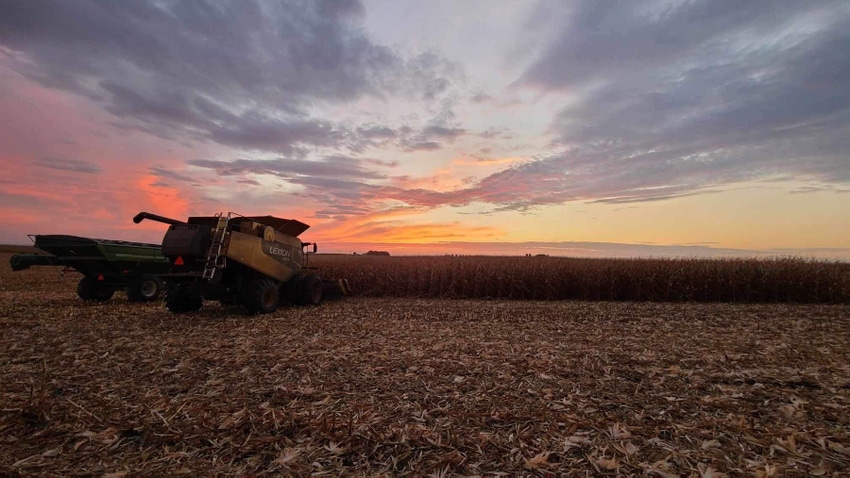March 13, 2024

As weather warms and soils dry, the 2024 planting season is off to a staggered start across the United States. No matter where you farm, the last thing you want is a planter that’s not ready to hit the ground running.
“The worst thing is to get to the first 80 and realize your [GPS] machine can’t lock in to plant,” says Pat McCaulley, an Iowa farmer and product support manager at Ziegler Ag Equipment, a regional dealer with stores in Minnesota, Iowa, Wisconsin and Missouri.
With so much computing in machinery these days, McCaulley stresses the importance of updating software, including GPS, “with any changes that have happened since the last shut-off.”
Of course, a physical inspection is also important to achieve a uniform stand. Make sure moving parts like gauge wheels and openers are correctly configured.
“When you check your opener contact, it should be 1.5 to 2 inches of contact,” he says. “If you don’t have that contact, a little furrow of soil that can go through those openers can lift the seed up. Now, that seed rests just a little bit higher than its neighbor,” he says.
McCaulley, a fifth-generation farmer, manages about 300 diversified acres of mostly corn and soybeans in Calhoun County with wife Erin, brother Seth and sister-in-law Angie. Because it’s a second job for all of them, there isn’t much room for error — every detail matters, from pneumatic seals to tire pressure to tractor ballast.
Weeks before planting McCaulley checked and replaced broken springs or seed hoses damaged by the sun. He also went over old fuel filters and checked for sliced wires or loose connections. “Within reason, I want to get to perfection,” he says, adding that they don’t have enough acres to allow for errors.
As a product support manager, McCaulley says most of the problems he sees stem from a lack of maintenance — whether an emergence or a yield problem. “It’s usually a culmination of all the things I just mentioned that are slightly out of tolerance,” he adds.
Post-planting checklist
While equipment might be stored out of sight after planting, it shouldn’t ever be out of mind. It’s a good idea to keep a running list of maintenance items so that nothing falls through the cracks. Prepping for next season begins at the end of this one. McCaulley follows another checklist when preparing his planter for storage:
Remove seed from tanks, meters and lines.
Flush liquid or granular fertilizers with water and then a mixture of antifreeze.
Cycle all controls.
If planter has speed tubes, release the tension on belts.
For brush-type meters, remove seed discs and relax bristles.
Blow off and rinse the unit, photographing any weeps or wetness.
Inspect piston seals, rods, hoses and valves.
Install transport locks to limit settling in storage.
Get unit inspected, by following a checklist or working with a dealer.
Other items that shouldn’t be overlooked include checking fuel and fluid levels, making sure equipment is dry, putting cylinders down to their lowest positions, removing trash from cabs and storing technology that’s sensitive to the cold in a warm place.
During planting season, every second counts. “Eliminating any potential downtime is worth its weight in gold.” McCaulley says.
About the Author(s)
You May Also Like






